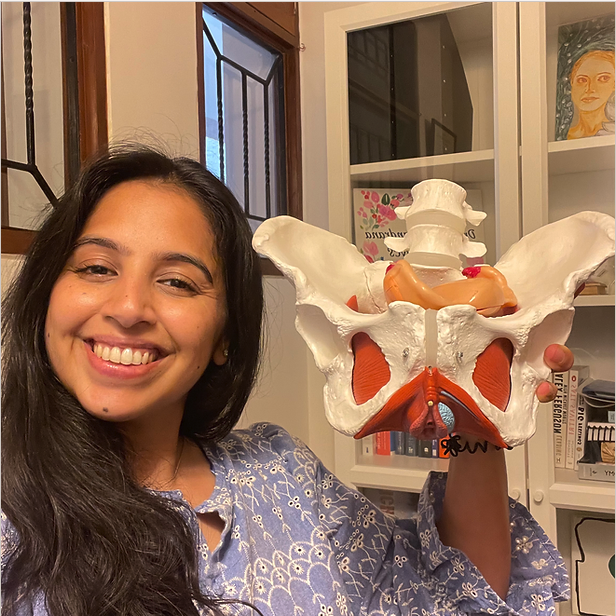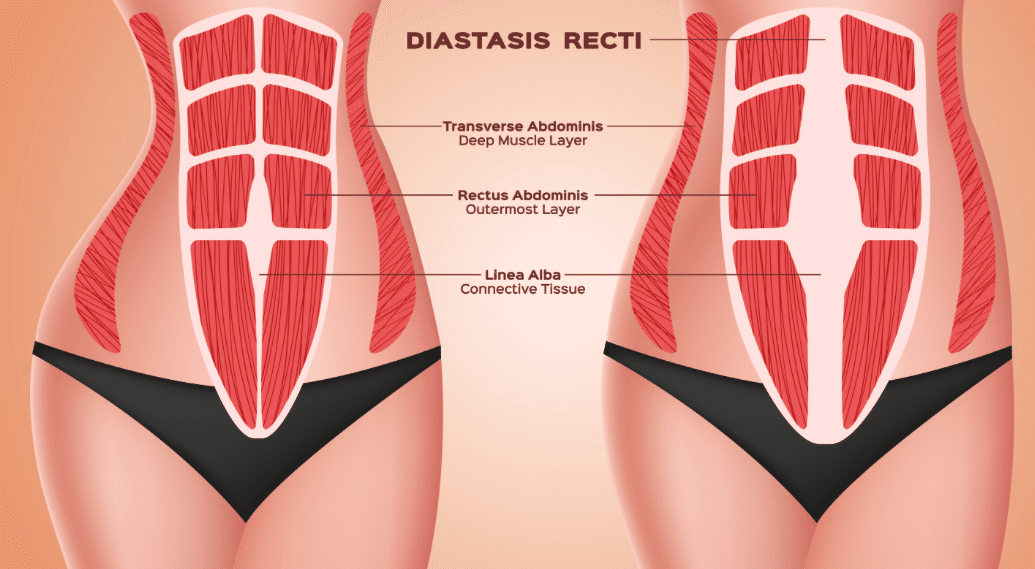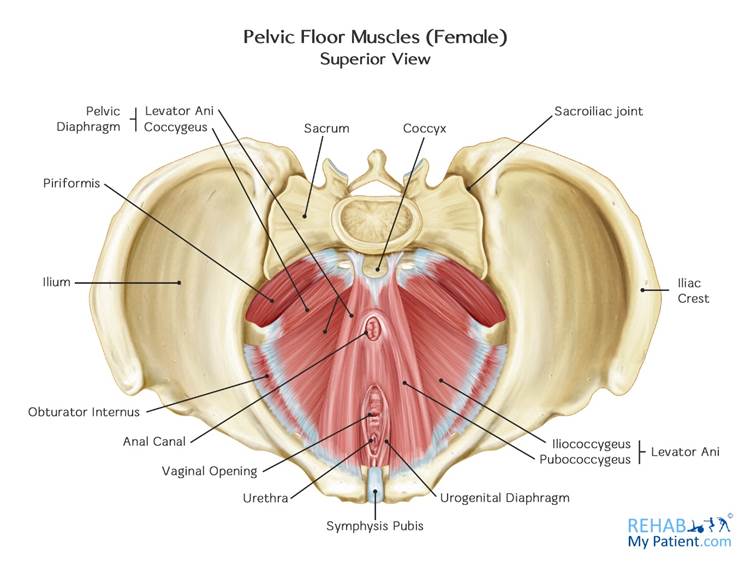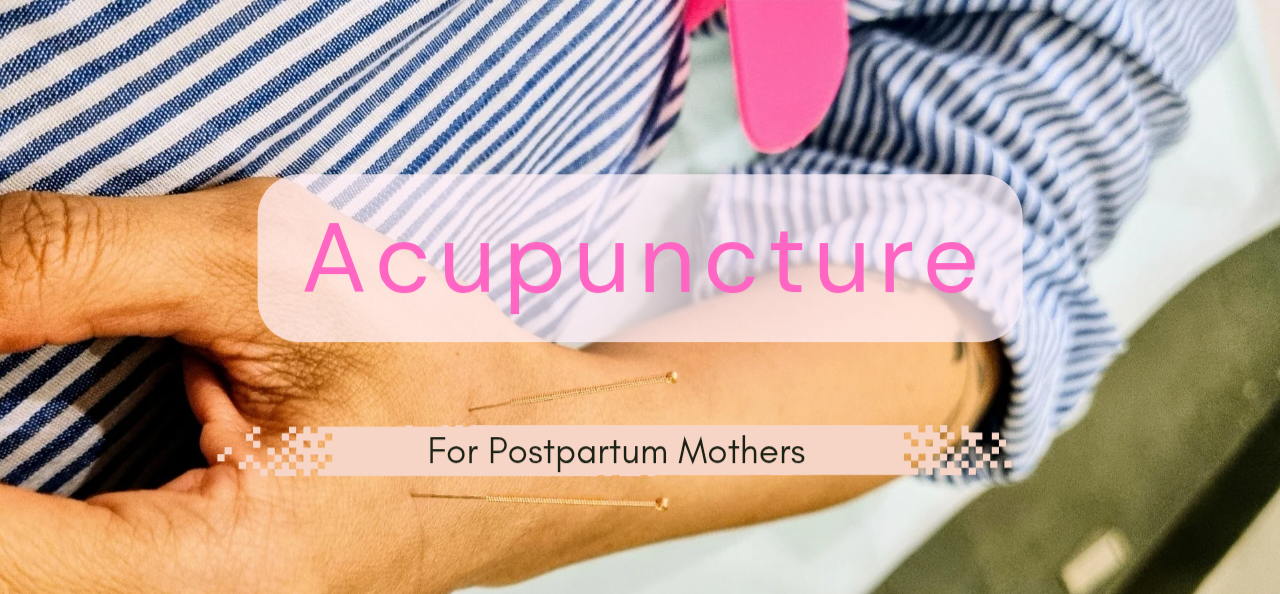The pregnancy and postpartum journey have been eye-opening for me. My fitness and yoga journey have been about building strength and flexibility. Post pregnancy I found myself in the somewhat daunting position of having to re-build my body, muscle by muscle, sinew by sinew. And like most women, pelvic floor health was the last thing on my mind. Sure, I’d heard about it on Instagram, but at the rate Instagram is devolving into a quagmire of sensationalised, fear mongering false news, who pays attention? Post delivery the focus is largely on regaining strength, losing ‘baby weight’, or simply getting through the exhausting newborn phase, but what about our pelvis – the part of our body that has endured immense strain and stress during pregnancy?
Unfortunately pelvic floor health is often overlooked in postpartum care worldwide. Whether you’re weeks or months after childbirth, seeing a pelvic floor specialist can significantly improve recovery and long-term well-being. I was also not sure of when to see a pelvic floor specialist after childbirth, but when my friend Shruti told me about her experience and recommended Dr. Anuja, I decided to book an appointment. My consultation with her was eye-opening, and I walked away with insights I feel are valuable for all women – regardless of whether you’ve had a baby or not.
I decided to delve deeper into the mysteries of the pelvic floor as an integral component of a woman’s overall health. In this conversation I had with Dr. Anuja Chandrana, we delve into the significance of pelvic floor health for a woman’s overall wellbeing.

Dr. Anuja Chandrana – the best pelvic floor specialist in Bangalore.
When to See a Pelvic Floor Therapist After Childbirth
Pragya: After childbirth when should a woman consult a pelvic floor therapist? How soon after birth should you start pelvic floor exercises?
Dr. Anuja: In an ideal situation, a woman sees a pelvic health physical therapist while she’s in the hospital. This is especially true if she’s had a C-section. Realistically, it’s very dependent on the mother and her capacity. The first few months of postpartum are extremely overwhelming, but it also comes with a lot of pelvic floor challenges that can be addressed so that others don’t have to suffer. I generally recommend at least trying to check in via a virtual consult or home visit around 6 weeks postpartum.
The Gaps in Postpartum Pelvic Floor Care
Pragya: In your experience what are the biggest gaps in postpartum pelvic floor care, and how can these gaps impact women’s long-term health?
Dr. Anuja: This is a very complex question, and I think it’s also extremely cultural. I’ll talk about it in the context of Indian culture. I think general first point of contact for most women are OB-GYNs, and most OB’s, especially in India, don’t refer their patients to pelvic health PT during pregnancy itself.
Secondly, I think that movement and participation in exercise (especially strength training) is something that most Indian women aren’t used to doing. If you don’t start at an earlier age, it’s very hard to incorporate this practice once you’ve given birth, because you have other responsibilities. Speaking of which, Indian women inherently don’t prioritize themselves or their health. There’s a lot of shame and guilt around it. This leads to not seeking help (ex. Postpartum pelvic floor care).
Pelvic health PT is a proven way to make the pregnancy and birthing process more empowering for a mother and prepare them best for postpartum. Postpartum, many OBs say that mothers don’t come in for follow up appointments, which makes it hard for them to refer or educate.
In the long term, the longer you wait to address symptoms such as pain, urinary incontinence, weakness, and bowel dysfunction, the longer a mother suffers, where actual brain changes can occur.
This doesn’t mean that it can never be addressed or solved, it just means that it will likely take longer and be more challenging. I also find that many OBs aren’t trained to understand the pelvic floor (not their fault, that’s why we’re here!), which means that they don’t often understand or acknowledge challenges mothers are going through. This makes women feel like they’re crazy (they’re not!), and in the long term, women are less likely to seek help and more likely to experience emotional distress.
Blending Traditional Wisdom with Modern Pelvic Floor Recovery
Pragya: In many Indian families, postpartum recovery is heavily influenced by traditional confinement practices. These include lots of rest, special skin care and hair care routines, special foods as well. How do these practices align (or conflict) with modern pelvic floor rehabilitation, and what should new mothers be mindful of?
Dr. Anuja: I think that many of these traditional practices came from a place of providing rest and nourishment for a postpartum mother whose body has gone through a traumatic event. I think this aligns with modern pelvic health rehab, because it’s not about going hard and fast with your workouts. Pelvic health rehab focuses not just on the physical aspect of postpartum recovery, but as practitioners we also talk about sleep, nourishing and filling food, mental health, digestive health, and connection with yourself and your new role as a mother.
However, I do think that some traditional practices are too rigid and don’t allow mothers to MOVE which completely conflicts with modern pelvic floor rehab. Gentle breath work, stretching, muscle activation, and short walks outside are a great way to start healing both physically and mentally after postpartum. In an ideal world, we have a blend of traditional eastern practices in medicine and newer rehabilitation protocols.
Practical Steps for a Support Pelvic Floor Recovery Postpartum
Pragya: For postpartum moms who may not have access to specialised pelvic floor therapy, what are some simple, effective steps they can take at home to support their recovery? How can we improve our pelvic floor postpartum?
Dr. Anuja: I think starting with focused breath work where they learn to connect with their pelvic floor muscles are a great way to start. There are lots of great guided videos on Youtube to reference.
Breath work is a great tool to manage your nervous system, decrease pain, and utilize during functional tasks like lifting your baby or pushing a stroller. I think it’s also important to start incorporating small walks or stretches into your day (when you can find time). This not only will start waking up your muscles, it will help you sleep better (when you do get the opportunity) and will also help with your mental and digestive health. If you are dealing with scar pain, constipation (this includes hemorrhoids and anal fissures), urinary leaking, challenges with intercourse, and any type of joint or muscle pain, I would recommend you see a specialized pelvic health specialist. A virtual consult can make a huge difference if you can’t get to a clinic!

Walking around the building was my main workout in the early days of postpartum recovery. I would try to clock in 10000 footsteps daily.
Pelvic Floor Symptoms You Shouldn’t Ignore After Birth
Pragya: Pelvic floor issues like incontinence and prolapse are often dismissed as ‘normal’ after childbirth. Are there any other symptoms that are not ‘normal’ and should be addressed with the help of a therapist? What are the symptoms of a weak pelvic floor postpartum?
Dr. Anuja: This is a great question. I would say the following symptoms aren’t “normal” and should be addressed with the help of a pelvic health physical therapist:
- Pain during or after sex (dyspareunia)
- Urinary Urgency or Frequency – If you feel like you constantly need to urinate, or if you find yourself rushing to the bathroom more often than usual, this can be a sign of pelvic floor issues.
- Pelvic Pain or Pressure – Ongoing pelvic pain or a sensation of heaviness/pressure in the pelvic region can be a sign of prolapse or muscle imbalances in the pelvic floor.
- Constipation or Difficulty Emptying Bowels – If you find it hard to fully empty your bowels or need to strain to pass stools, it could indicate a pelvic floor dysfunction.
- Low Back or Hip Pain – This can be linked to pelvic floor dysfunction as the pelvic floor and core muscles are interconnected.
- Inability to Control Gas (Flatulence) – Loss of control over gas can also be a sign of pelvic floor dysfunction, as the muscles responsible for controlling gas are part of the pelvic floor.
- Leaking Stool or Fecal Incontinence- This is a more serious symptom that should not be ignored. It could indicate muscle weakness or injury to the pelvic floor, and it can be a sign that the pelvic floor is not functioning as it should.
- Bloating or Difficulty with Digestion- While digestive issues like bloating are common postpartum, if they persist, it could indicate an issue with the pelvic floor, particularly if the pelvic muscles are overly tight or weakened.
It’s always important to remember that your body is incredibly resilient, but it also needs support, especially after something as significant as childbirth!
Diastasis Recti: What It Is and When to Seek Pelvic Floor Support
Pragya: You told me that a diastasic recti is extremely common. When is it a cause for concern and when is it something that we need to take measures to correct?
Dr. Anuja: Let me start off with saying there are a lot of myths and fear around Diastasis Recti.
Almost 100% of women experience DRA by the end of their 3rd trimester,
It’s a very natural process the body goes through to accommodate for a growing baby. Within a year of giving birth, 66% of women have their DRA close without any additional rehab.
However, weakness in the abdominal muscles due to the lengthening and separation along with uncoordinated breathing and movement patterns causes poor intra-abdominal pressure management (this is where you see the doming during movement). This can lead to back pain, urinary incontinence, impaired digestion, hernias, challenges with lifting, exercising, and participating in functional activities. If you’re someone who is experiencing any of these challenges, it’s important to work with a pelvic health physical therapist.

The Risks of Social Media Misinformation About Postpartum Pelvic Floor Health
Pragya: We discussed how social media is full of misinformation regarding pregnancy and postpartum. How harmful can this be, and how do you recommend women handle the inherent pressure that comes with social media – be it with regards to getting back to the ‘pre pregnancy shape’ within x number of months, or even ‘the one move you need to get rid of your diastasic recti’.
Dr. Anuja: I could write a whole separate blog about this!
The first thing I recommend women do, is to understand how qualified the person you are getting your information from is. Anyone who is a truly qualified practitioner will never say “you must do this” or “this is something that will help you 100%”.
Misinformation can be extremely harmful in many ways.
- One, it can cause physical harm if you’re following advice to “get back” within a certain amount of time, because your
body does not do well under high levels of pressure, especially after you’ve given birth. It can
often worsen your condition if anything. - Emotionally, it can lead to feeling inadequate, comparison to other women, self-doubt, guilt, and shame. This increases the likelihood of developing postpartum depression and/or anxiety. Social media is infamous for increasing the likelihood of someone developing a negative body image, and this is the last thing a postpartum mother needs!
- Lastly, I think social media often distorts what true health and fitness is about. It forces women to feel like they’re not doing enough, and showcases unrealistic timelines for healing and recovery. True recovery is often gradual and requires a holistic approach—it’s not just about exercise, but also nutrition, mental health, and rest.
I’m always surprised to find that women don’t pay more attention to their bodies postpartum, going for years with pain and discomfort before seeking help. Investing in your health is never a bad idea – a little now goes a long way to maintain your health. If you’re experiencing any signs of weakened pelvic floor muscles after childbirth, consulting a pelvic physiotherapist can be a game-changer for your postpartum healing journey




1 Comment
[…] which were helpful. (In case you want more information about pelvic floor health, don’t miss this conversation I had with a pelvic floor specialist about why women need to prioritise pelvic floor […]